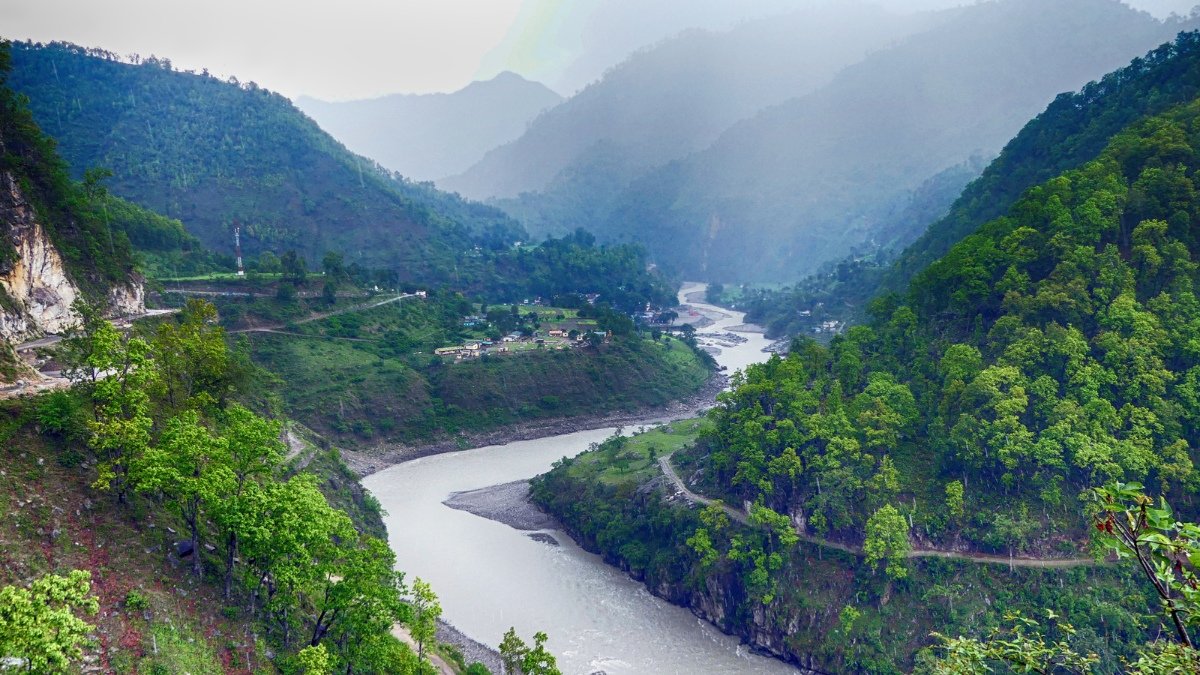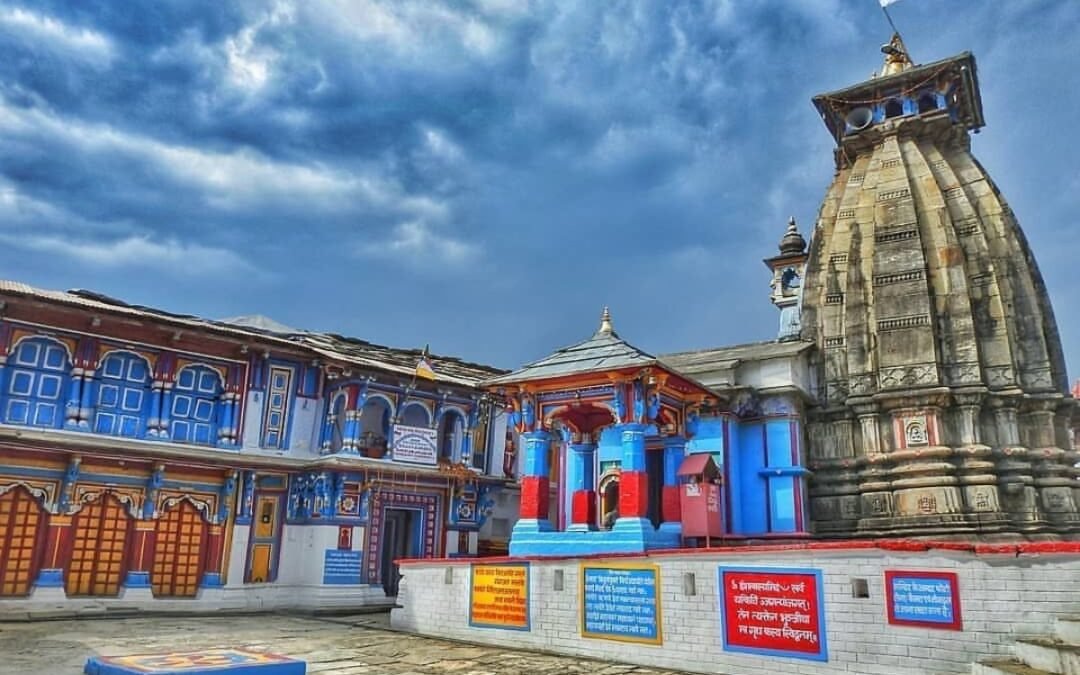Uttarakhand, nestled in the lap of the Himalayas, boasts a network of rivers that not only carve breathtaking landscapes but also serve as vital lifelines for the region. These rivers play a vital role in the state’s ecosystem and provide water for irrigation, hydroelectric power generation, and various recreational activities. Let’s explore some of the prominent rivers that grace Uttarakhand.
Major Rivers in Uttarakhand
Ganga River
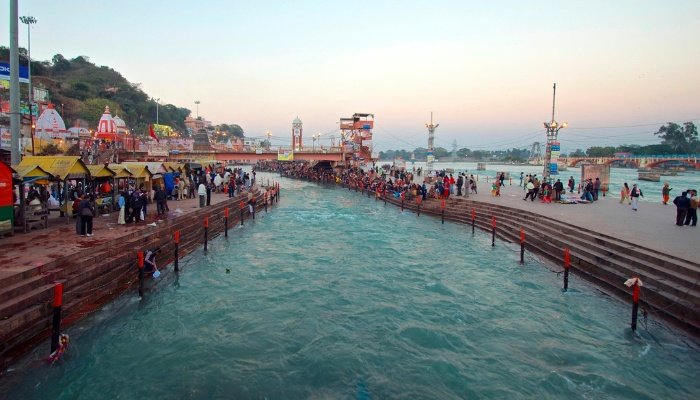
The holiest of all rivers, the Ganga, originates in Uttarakhand, meandering through the pristine landscapes and collecting spiritual significance along its journey. It’s more than just a river; it’s a lifeblood, a spiritual symbol, and a breathtaking natural wonder.
Ganga’s story in Uttarakhand starts at the Gangotri Glacier, nestled amidst the snow-capped peaks of the Garhwal Himalayas. Imagine the raw power as glacial melt forms the Bhagirathi River, which later meets the Alaknanda at Devprayag, marking the official birth of the Ganga.
Yamuna River
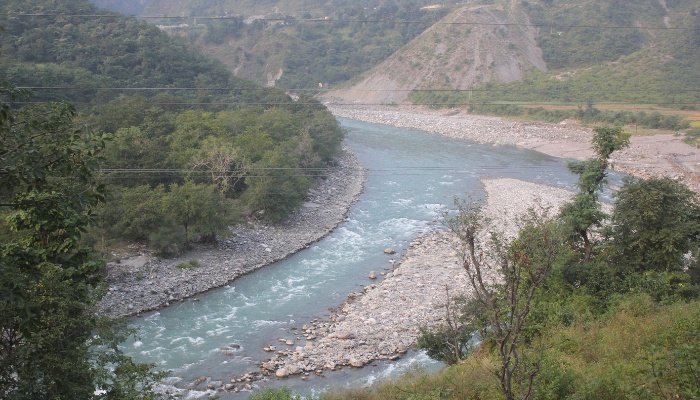
The Yamuna, another prominent river, charts its course through Uttarakhand, contributing not only to the ecological balance but also playing a crucial role in the region’s environmental sustainability.
The Yamuna, unlike the Ganga, boasts a single source – the Yamunotri Glacier, perched high at an altitude of 6,387 meters above sea level. Imagine the icy grip of the glacier giving birth to a torrent of icy water, gushing through the rugged Himalayan terrain.
Tons River
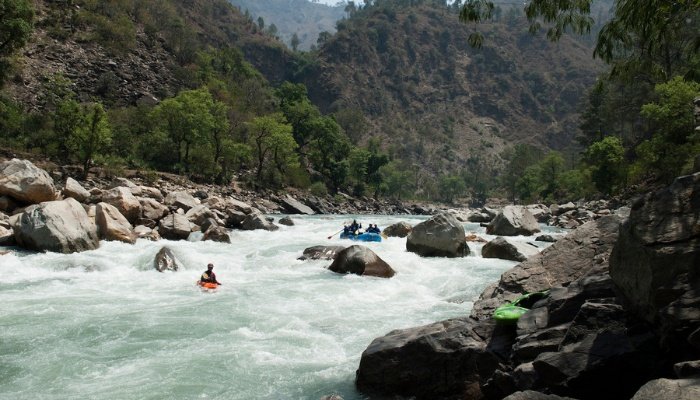
Tons River is a mighty and fascinating tributary of the Yamuna, flowing through the Garhwal region of Uttarakhand and touching Himachal Pradesh. The Tons River boasts a majestic source at the convergence of two streams: Supin River, emerging from the Har-Ki-Dun valley, and Rupin River, rising near the Uttarakhand-Himachal Pradesh border.
The Tons River holds the title of the largest and most important tributary of the Yamuna, even contributing more water than the Yamuna itself at their point of confluence.
Alaknanda River
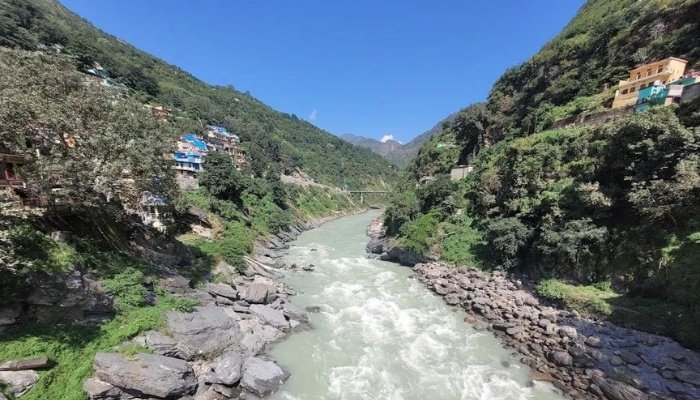
The Alaknanda River is one of the two main headstreams of the Ganges River, the other being the Bhagirathi. The Alaknanda rises in the Satopanth Glacier in the Garhwal Himalayas and flows through the Chamoli, Rudraprayag, and Pauri Garhwal districts of Uttarakhand. It joins the Bhagirathi at Devprayag to form the Ganges.
The Alaknanda River is a 195-kilometer-long river which is a sacred river for Hindus. It is believed to be the abode of Lord Vishnu. The river is also associated with the Hindu goddess Parvati, who is said to have bathed in its waters.
Mandakini River
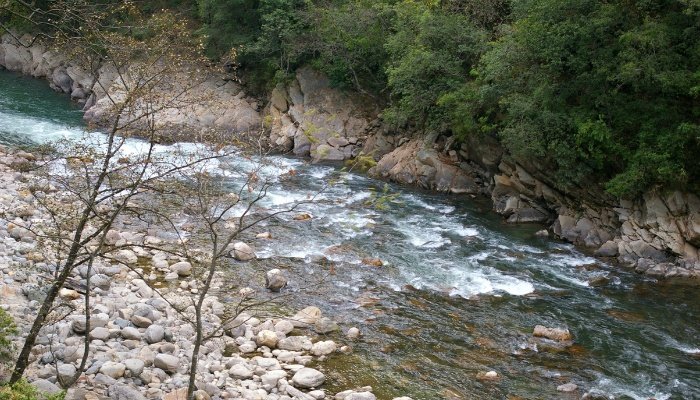
The Mandakini River is a tributary of the Alaknanda River in the Indian state of Uttarakhand. The river originates from the Chorabari Glacier near Kedarnath in the Garhwal Himalayas. It flows for about 81 kilometers before joining the Alaknanda at Rudraprayag.
The Mandakini River is considered a sacred river by Hindus. It is believed to be the river that flows through the celestial realms. The river is also associated with the Hindu god Shiva, who is said to have bathed in its waters. Known for its scenic beauty, the Mandakini River is not only a tourist attraction but also holds ecological importance, contributing to the region’s biodiversity.
Nandakini River
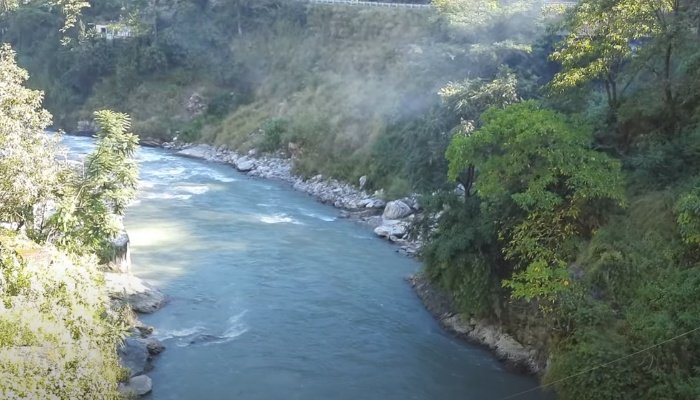
The Nandakini River is one of the six main tributaries of the Ganges River. It originates in the glaciers below Nanda Ghunti on the Nanda Devi Sanctuary, and flows for about 105 kilometers before joining the Alaknanda at Nandprayag.
The Nandakini River is a sacred river for Hindus. It is believed to be the abode of Lord Vishnu. The river is also associated with the Hindu goddess Parvati, who is said to have bathed in its waters.
Pindari River
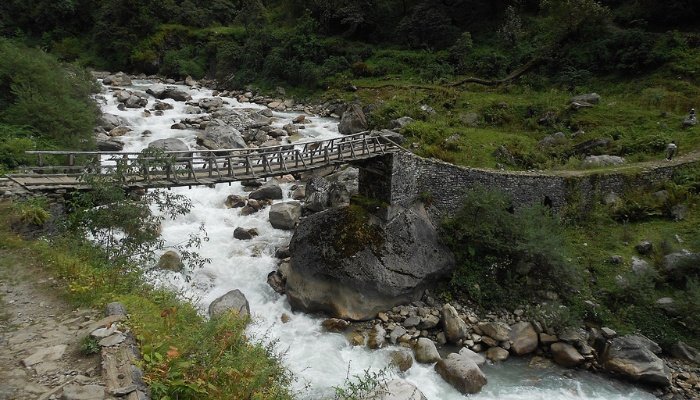
The Pindari River is a tributary of the Alaknanda River in the Indian state of Uttarakhand. It originates from the Pindari Glacier, located in the Garhwal Himalayas, and flows for about 105 kilometers before joining the Alaknanda at Karnaprayag.
The Pindari River originates from the Pindari Glacier, which is located at an altitude of 3,820 meters above sea level. The glacier is about 9 kilometers long and 1.5 kilometers wide. The river flows south from the glacier, passing through the villages of Loharkhet, Khati, Dwali, and Phurkia. It joins the Alaknanda River at Karnaprayag, which is a confluence of the Pindari, Alaknanda, and Mandakini rivers.
Bhagirathi River

The Bhagirathi River is one of the two main headstreams of the Ganges River, the other being the Alaknanda. The Bhagirathi rises in the Gangotri Glacier in the Garhwal Himalayas and flows through the Uttarkashi, Chamoli, and Tehri Garhwal districts of Uttarakhand. It joins the Alaknanda at Devprayag to form the Ganges.
The river flows through a scenic mountain valley, surrounded by snow-capped peaks. The river is also home to a variety of flora and fauna, including Himalayan tahr, snow leopard, and black bear.
Ramganga River

The Ramganga River is a major tributary of the Ganges River, flowing through the Indian states of Uttarakhand and Uttar Pradesh. It originates in the southern slopes of the Dudhatoli Hill in Chamoli district of Uttarakhand, at an elevation of about 3,110 meters. The source of the river is known as “Diwali Khal” and is located near Gairsain.
The Ramganga River flows for about 645 kilometers before joining the Ganges River near Kanauj in Uttar Pradesh. It carves a scenic path through the Kumaon Himalayas, forming waterfalls and rapids in its upper reaches. The river then enters the plains of Uttar Pradesh, where it is used for irrigation and hydropower generation.
Saraswati River
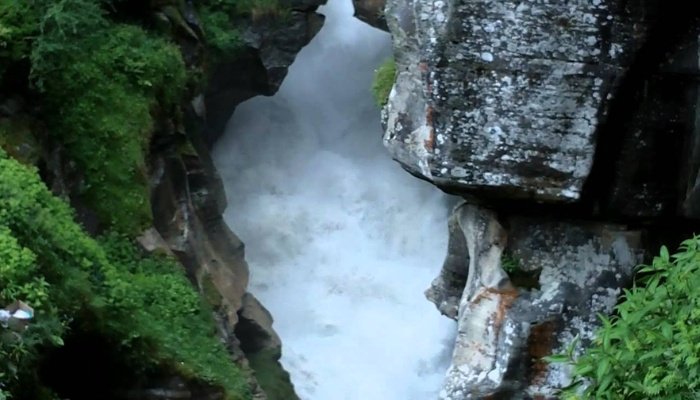
Saraswati River is a beautiful and fascinating tributary of the Alaknanda River, flowing through the stunning landscapes of Uttarakhand, India. The Saraswati River originates in the Himalayan ranges near Mana village, often considered the last village of India, in Chamoli district. It flows for about 3 kilometers before joining the Alaknanda River at Keshav Prayag, near Mana.
The Saraswati River holds immense religious significance for Hindus. It’s believed to symbolize knowledge, learning, and purity. Many believe taking a dip in its waters enhances wisdom and creativity.
Kali River

The Kali River forms the international border between India and Nepal. It originates from the Kalapaani region in Uttarakhand and flows through the scenic Kumaon region before entering Nepal. The Kali River is known for its beauty and is a popular spot for rafting and other adventure activities.
From its mountainous source, the Kali flows southward, forming the natural border between India and Nepal for a significant stretch. Along its course, it gathers strength from numerous tributaries like the Saryu, Gori, and Dhauli, weaving through valleys and gorges before reaching the Terai plains near Tanakpur.
Gori Ganga River

Gori Ganga River is a tributary of the Kali River, flowing through the Pithoragarh district of Uttarakhand, India. It originates in the Milam Glacier, located in the Nanda Devi Sanctuary. The river is about 104 kilometers long and flows through a scenic mountain valley.
The Gori Ganga River is a source of water for the local villages and is also used for irrigation and hydropower generation. The river is home to a variety of flora and fauna, including the Himalayan tahr, snow leopard, and black bear.
Kosi River
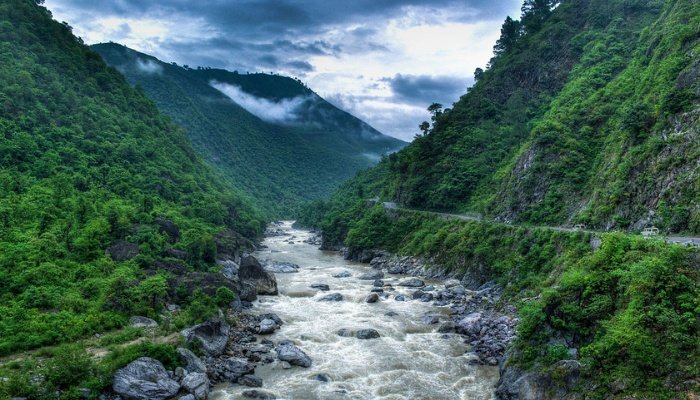
The Kosi River is a tributary of the Ramganga River in the Indian state of Uttarakhand. It originates from the Dharapani Dhar near Kausani, and flows towards the south. Flowing through the towns of Someshwar and Almora, it reaches Khwarab, where it is joined by the Suyal river.
Kosi River is a popular destination for recreation and tourism. The river is a popular spot for fishing, boating, and rafting. The river is also home to a number of temples and historical sites.
Gaula River
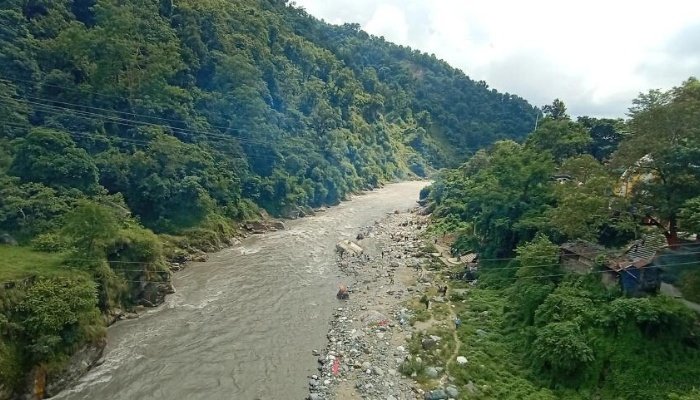
The Gaula River, also known as the Gola River, is a 500-kilometer long river originating in the Lesser Himalayas. It starts its journey in Paharpani village and flows south, past Kathgodam, Haldwani, Kichha, and Shahi, before joining the Ramganga River, about 15 km northwest of Bareilly in Uttar Pradesh.
The Gaula River has immense ecological importance, supporting diverse flora and fauna. Its banks are home to various bird species, reptiles, and even mammals like foxes and wild boars.
Saryu River
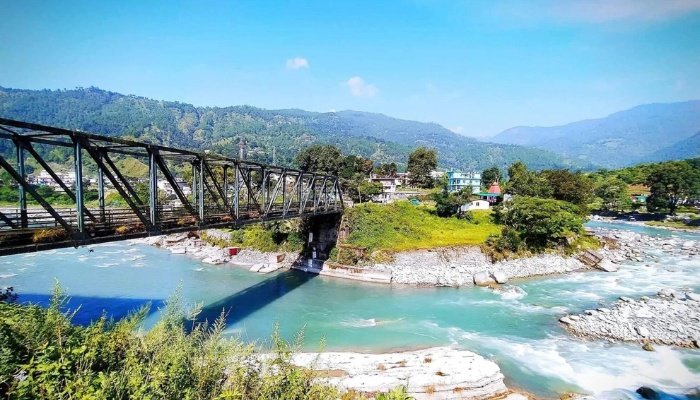
The Saryu River, also known as the Sarayu, is a major river in the Indian state of Uttarakhand. It originates in the Nanda Kot mountain range in the Bageshwar district and flows for about 375 kilometers before joining the Mahakali River at Pancheshwar.
The Saryu River is mentioned in the Vedas and other Hindu scriptures. The river is also associated with the Hindu god Vishnu, who is said to have bathed in its waters.
Gomati River

The Gomati River is a tributary of the Saryu River in the Indian state of Uttarakhand. It originates in the higher reaches of Bhatkot northwest to the town of Baijnath in Uttarakhand. It joins Saryu at Bageshwar, which then proceeds towards Pancheshwar where it joins the Kali River.
Gomati River, a perennial river with a length of 122 km is an important source of water for the people of Uttarakhand. The river is used for irrigation, drinking water, and hydropower generation.
Conclusion:
From glacier-fed giants like the Ganges and Yamuna carving majestic paths through Himalayan valleys, to sacred tributaries like the Saraswati and Ramganga whispering ancient tales, the rivers of Uttarakhand are a pulsating network of life. These rivers give life to the land, make whitewater rafting fun, and offer peaceful places to pray. They’re a special part of what makes Uttarakhand so beautiful!
FAQS
The Ganga River, considered the holiest river in Hinduism, flows through Uttarakhand for over 600 km. It originates from the Gangotri Glacier and is worshipped by millions of Hindus. Several important pilgrimage sites like Haridwar, Rishikesh, and Gangotri are located along its banks.
The Alaknanda River is the longest river in Uttarakhand, stretching for 315 km. It originates from the Satopanth Glacier near Kedarnath and merges with the Bhagirathi River at Devprayag to form the Ganga River.
Prayags are the points where two rivers converge. Uttarakhand has five major Prayags: Devprayag, Rudraprayag, Karnaprayag, Vishnuprayag and Nandaprayag.

